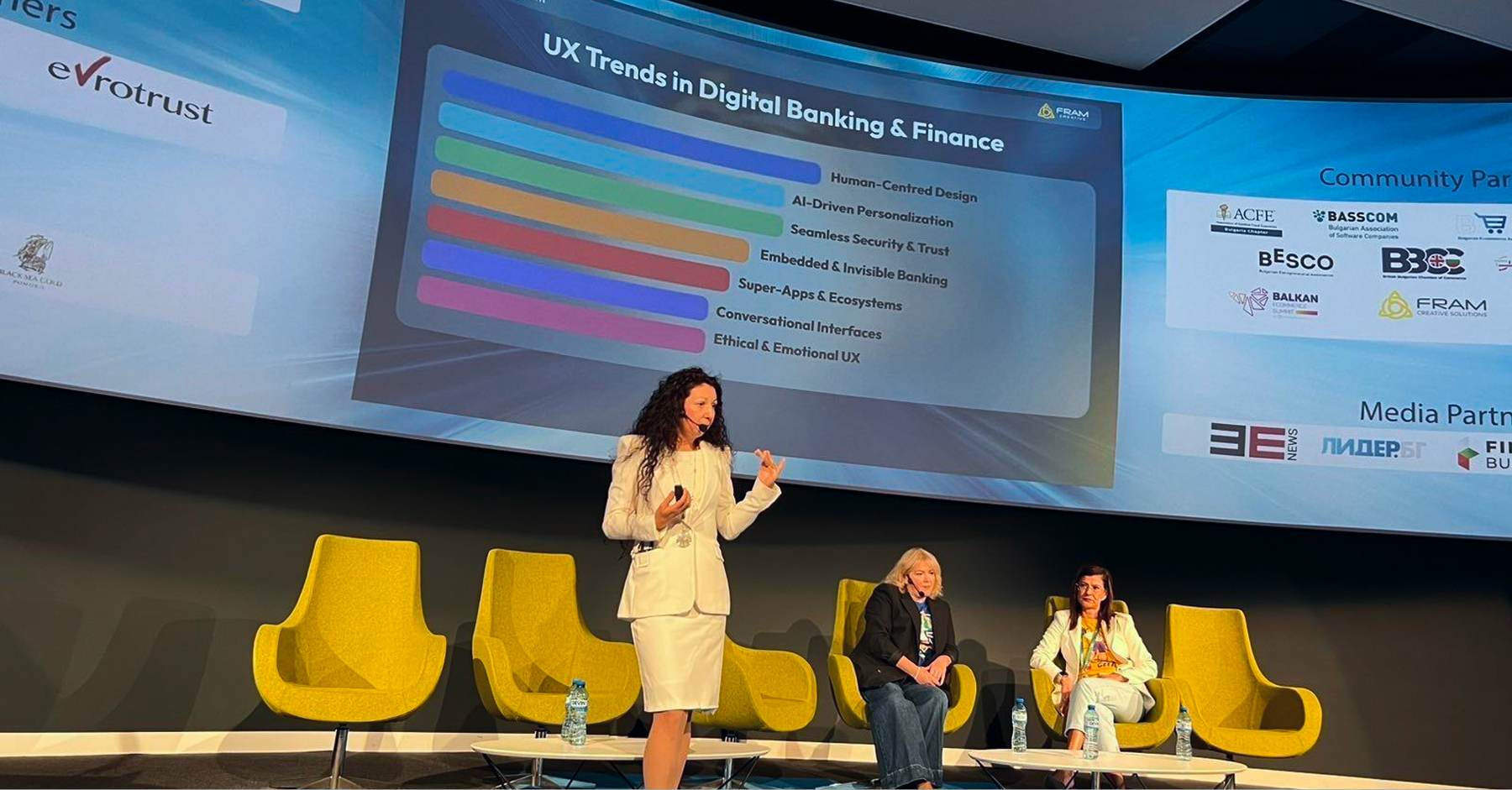Futuretech
Real Estate
MedTech
Security & Insurance
The Playbook of Accessible Design for Business Owners


Value, support, security, speed and innovation are what drive good user experience when it comes to fintech sites. Ease of use or usability ranks below all these in fintech customer surveys. Given that most user engagements with fintech sites involve financial transactions like online payments or digital bank transfers, by definition, it’s probably not so surprising to discover that customers rate factors like value and security above usability. It’s a reminder that UX isn’t just about making a site easy to use; it’s about the all-round experience. Yes, fintech sites need to be simple and seamless – users don’t want to spend hours learning how to make a cross-border transaction or contribute to a crowdfunding account by following lengthy instructions; they just want to fill in the right boxes with the right information – but financial services providers also need to be agile enough to leverage fast-developing payment technology in order to launch new products, services and functions.
There are front-end and back-end solutions. Back-end, it means engaging with relevant new technologies like blockchain, real-time payment settlement and data security protocols as well as AI and machine learning in order to launch new offerings. Front-end, it’s about improved customer interaction via chatbots and in their own language, quickly responding to queries, acting on feedback and not just falling back on established practices because they work in bricks-and-mortar situations.
Yes. Research published last year shows that fintech site user experience is “positively associated with loyalty intentions of the customer” and that “customer experience has a positive impact on customer loyalty”. The better the UX, in other words, the more likely you’ll retain your customers and that means implementing “solutions around customer needs and emerging technologies to produce comprehensive and enhanced customer experiences by gathering different services into one platform.




Our friendly team would love to hear from you.
By submitting this form you agree with our Privacy Policy



